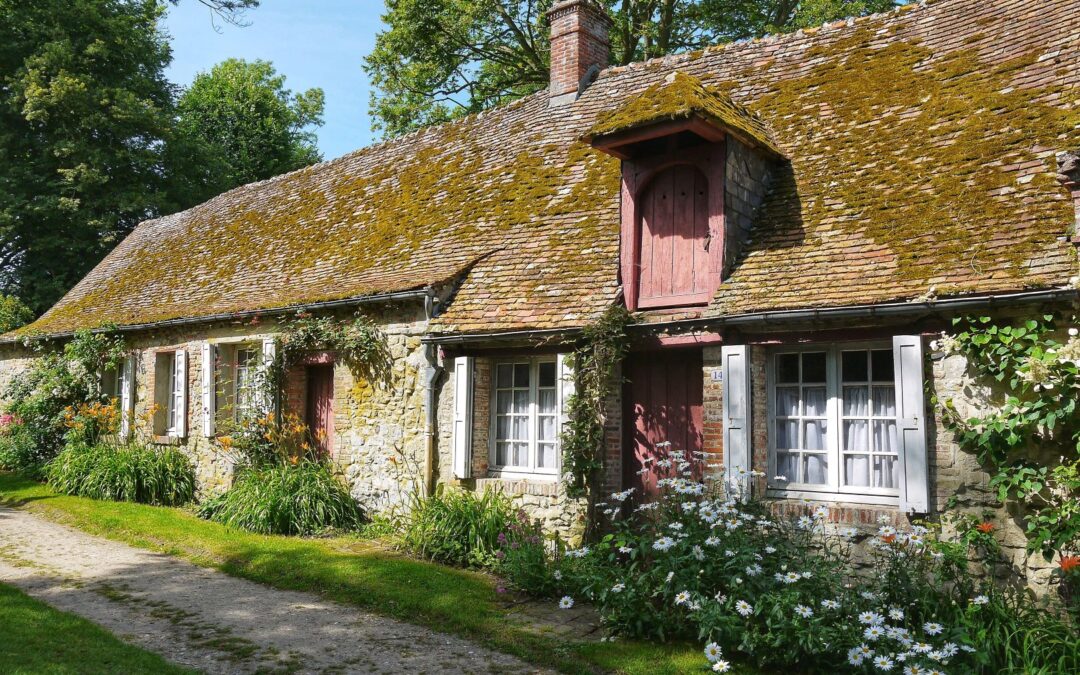There’s nothing more soothing and relaxing than the presence and sound of gently running water in the garden.
Whether it’s a tranquil reflective pool or a fountain, water can add a wonderful sense of serenity to any outdoor space, providing lovely movement and sound.
But there are other benefits to being around water, too. Much research points to the positive mental health benefits it can provide, creating a meditative experience and a chance to escape the over-stimulated state of modern-day life, in favour of a moment of calm.
There are lots of ways to include water in the garden and of course it’s also one of the best ways to encourage wildlife. Almost any body of water, whatever its size, will have some value to wildlife, even if only as a drinking place for birds, while a well-designed and maintained pond can be a haven for all sorts of birds, insects and animals.
Here, garden designer Helen Elks-Smith gives her top tips for adding water to your garden.
1. Consider the mood you are trying to create. Water can play many roles in the garden, so it is good to be clear about the different atmospheres you want to achieve. For instance, a swimming pool or natural swimming pond could create a wonderful social space in a family garden, while an ornamental water feature could make a dramatic focal point in a smaller, urban plot.
2. Size really does matter. When viewing a pond or reflective surface, the more water you can see the bigger impact it will have, so don’t stint on size. Remember that if your pool or water feature is surrounded by planting, then the visible surface of water reduces further.
3. Make sure your water feature relates to the style of the house. Design detailing and choice of materials are an essential part of good garden design, but they are particularly important in smaller gardens, where water features might need to be sited close to a property. Water features can look completely out of place if they have no relation to the character of the house or the design of the garden that surrounds them. Use materials to reflect the other elements in the garden, such as paths and walls, and match the colour and tone of the materials to that of the building so they don’t jar and make for an uncomfortable setting.
4. Remember that different materials create different sounds when water falls onto or runs over them. We all see and experience the sound of water very differently. It’s a very personal experience and you need to explore what it is that appeals to you about different sounds and what you might find distracting. Metal for example, can create quite a harsh sound if water falls onto it directly, but it will sound completely different if water falls down it vertically.
5. Consider your viewing height. Water doesn’t always need to sit at ground level. Water features can be raised to eye level, you can also add height by introducing level changes that bring added drama in the garden. Bear in mind that the greater the change of height, the more movement and turbulence you will create. Turbulent water becomes ‘whiter’ and brings with it its own distinct sound.
6. Find the right position. Water needs to be matched with the function of the garden. For instance, if it is sited next to a secluded bench that is designed for quiet contemplation, the movement of water can readily become a distraction. But that same movement alongside a path could create a wonderful energy – that same feeling as running alongside a fast-moving stream – and leave you feeling like you want to run alongside it.
7. Think about the journey that water could take around your garden and unusual ways to capture it. Playing with the passage of water provides a wonderful interest in the garden. This is especially exciting for children and encourages outdoor play, exploration and creativity. Movement also helps to keep water clean and avoid stagnation as it heats up, especially in more open areas. Also consider where the water might be captured from, such as roofs or drainpipes. Introducing something like a rain chain is a great way to add interest and allows you to see the water run from the roof down the chain into the garden below.
8. Bear in mind wind conditions when positioning water in your garden. Water will ripple with the slightest breeze, but on windier plots, the increased movement across water means that more will be lost and over time, you will need to consider topping up your water feature or pond.
9. Consider natural light first before adding artificial light. You can create wonderful reflections and shadowing by lighting water features, but natural light is just as important, so always think about where you place a water feature, in terms of the available light, to really maximise the impact it provides. Like a mirror, the glassy surface of a still pool reflects the sky and shifting patterns of clouds and can bring the sky right down to your garden. Remember, looking out across a body of water where the surrounding landscape is reflected will make a plot appear bigger, too.
10. Be honest about the time you can commit to maintenance. Filtration systems can minimise maintenance required to keep water fresh, but remember a shallow pool of water is more likely to go green over time than a deeper water pool and don’t forget water can become hot and dry out in certain conditions, too, so you might need to top it up over time.






